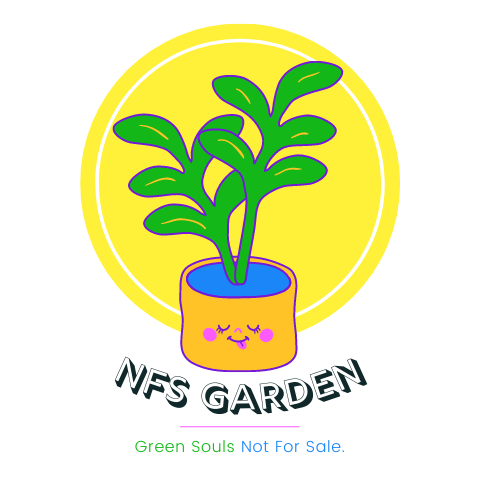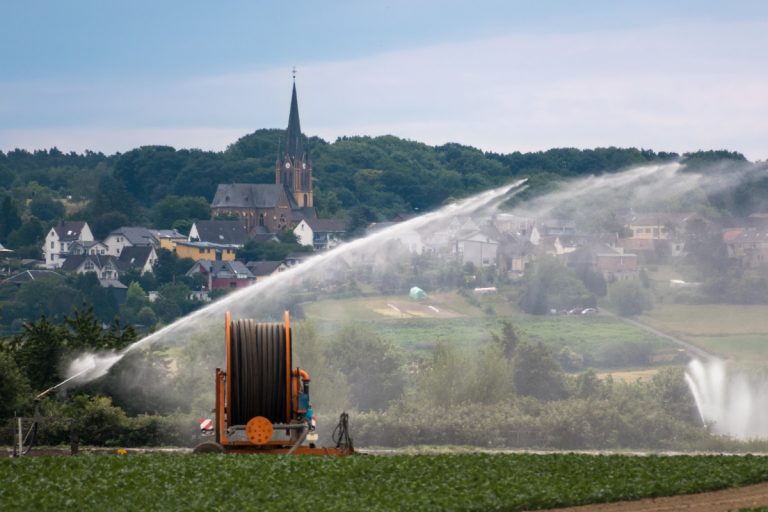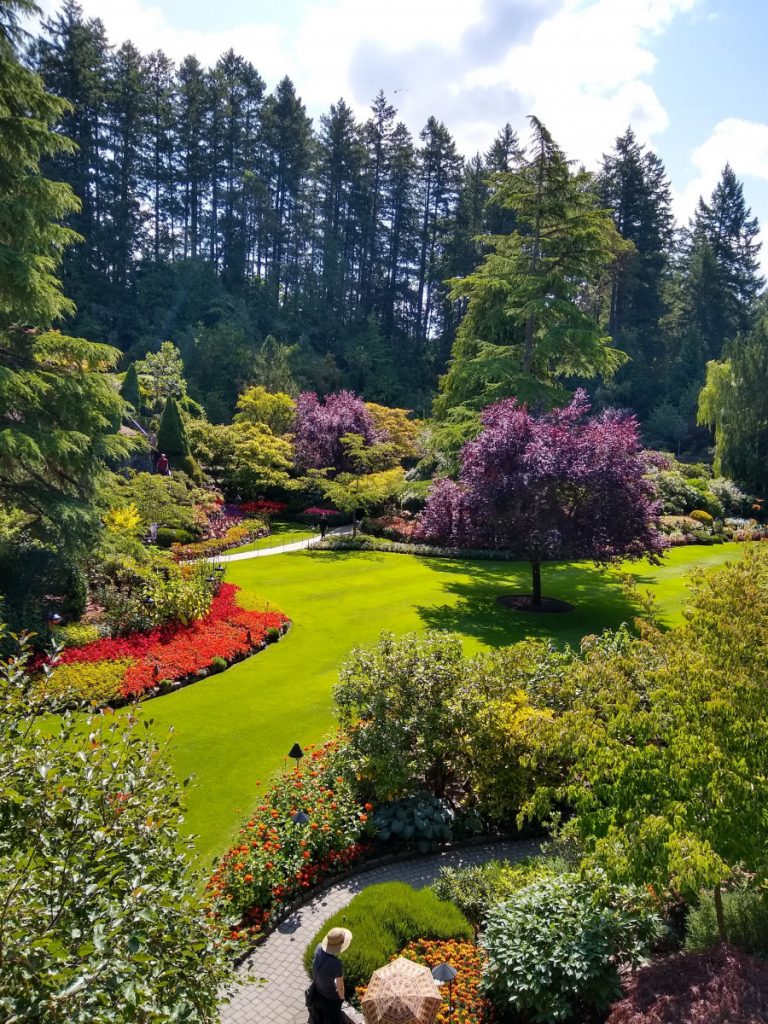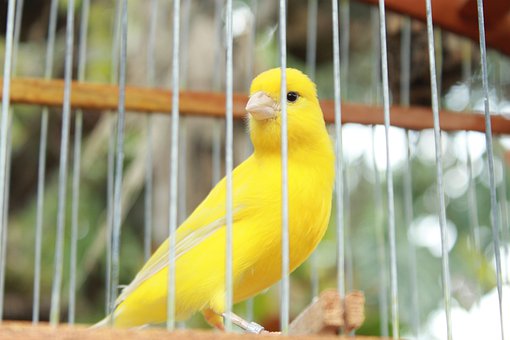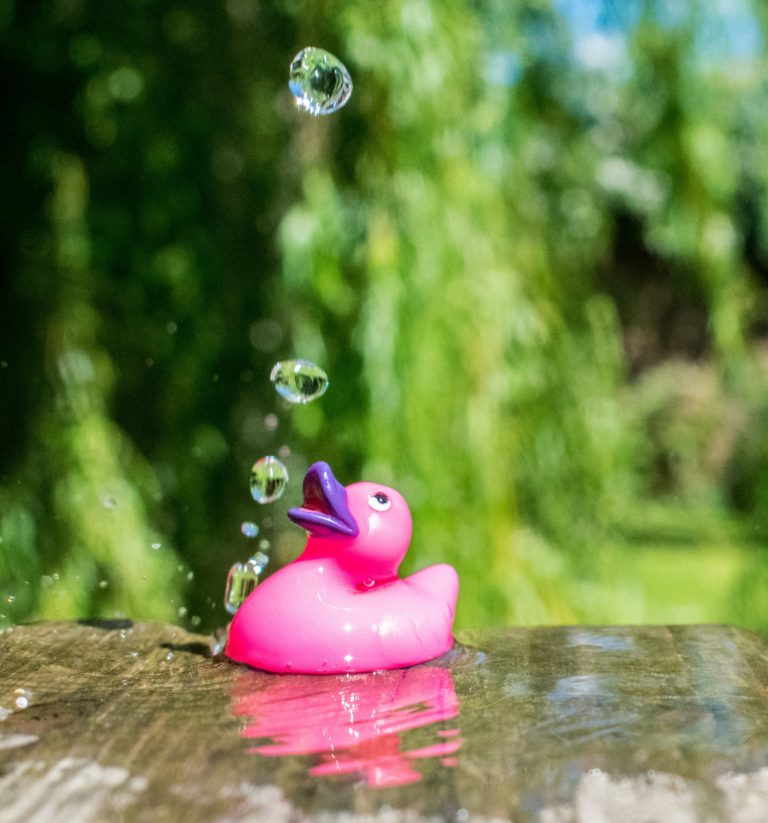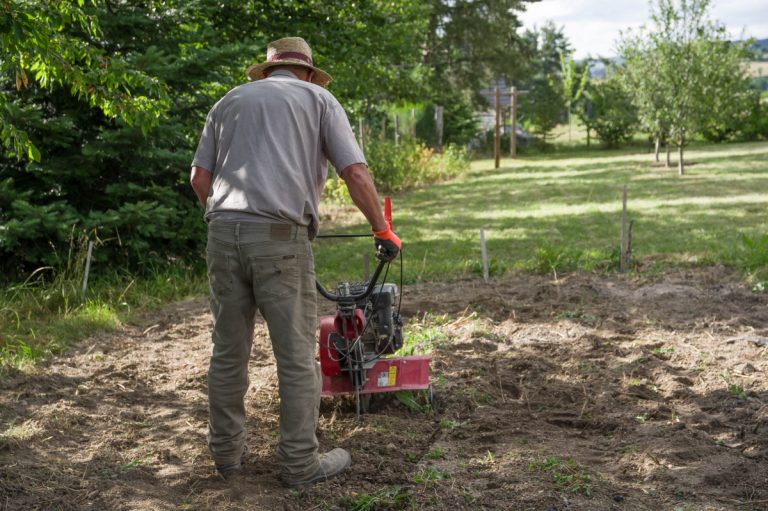Best Tips On Herbicides Usage And Selection – All You Need To Know Before Application FAQs 2022
Whether you have already found the best pesticide for you or you are still in a search, you may have a bulk of questions to find answers to. Here we have got an FAQ. Look through it and you may get what you were looking for.
Before diving into the contents, take a moment to reflect on how herbicides impacted lives.
✅ Best Reflection on Chemical Advancement and Humanity
Worth a read – Families in Oregon struggled to protect their families as poisonous gas are watered down from the sky above. The book puts human faces on those who defied profiteering corporations and indifferent government agencies while fighting to protect their homes and families.
Quick Navigation
What Are The Different Types Of Herbicides?
Weeds are the nastiest plants. They spread fast, produce multiple seeds that can survive long, “steal” water, land, and sunlight from useful plants, and make your lawn look messy and untidy. To avoid this disaster, make use of herbicide. The latter is a chemical substance designed to control the growth of unwanted vegetation.
After learning what is herbicide, it will be sensible to consider the major types. Herbicides may be classified in different ways. Based on the effect, persistence, selectivity, action, and application, there are different types to consider. Let’s get close up to each point individually:
- Types Based on Selectivity
Herbicides can also be categorized as selective or non-selective. The first type is made to kill only a specific type of plants, leaving the rest unharmed. This type of herbicides is widely applied in lawns, orchards, and crops. It’s important not to exceed the rates.
Non-selective herbicides are made to kill all the plants in the target area. Wherever you need a thorough control over the vegetation, these products must be applied. They will kill the grass, flowers, even vegetables. Whenever you need to exterminate the whole vegetation of your yard and start creating a new one, use non-selective herbicide.
- Types Based on Application
Herbicides are applied in different ways. Soil-applied variants are used against young seedlings and germination seeds. Such a product is influenced by the organic matter content, the soil texture, acidity, moisture conditions. High temperature and moist are critical here. These factors boost the decomposition of the soil-applied herbicide. Additionally, this type of herbicide can remain in the soil for up to two years!
Foliar herbicides are sprayed directly to the leaves. They penetrate into the plant through the leaves and cause a toxic reaction inside it. This type either burns or kills the plant.
- Types Based on Effect
Those herbicides that interfere with seed germination, are pre-emergent. They are used before there are any weeds in the area. In order to prevent the germination of weed seeds, pre emergent herbicide must be applied twice a year – in spring and in autumn. Once established, the plant won’t be affected.
For already established weeds, you need post-emergent herbicides. When choosing a product, it’s highly important to determine its type based on the effect, as a post-emergent herbicide won’t work to prevent the germination of weeds.
- Types Based on Action
Depending on the action, we can distinguish contact and systemic weed killers. The first type kills the plant it is contacted with. This type is very common. It ensures quick results, yet doesn’t destroy the root system of the unwanted plants. Contact herbicides are widely used for controlling annual weeds (crabgrass, bindweed, nettle, mallow, etc.) that spread through seeds.
Systemic herbicides get absorbed entirely. They get from the leaves down the root system and prevent the weed from growing. Results are expected from one to three weeks. Systemic products are effective in controlling mostly perennial weeds (poison ivy, bindweed, ragweed, thistle, dandelion, etc.).
However, some herbicides are both systemic and contact.
- Types Based on Persistence
And finally, herbicides can also be categorized according to the levels of persistence. If some variants are active for quite a long time, others are not. They become inactive shortly after the application.
How To Choose The Best Weed Killers?
If you are in a search for the best herbicide for blackberries or other shrubs, you need to be armed with information before making the final choice. Here are the main features to consider:
- Waterproof Features
Choosing a cheap herbicide, you may face such problems as low water resistance. If it rains, you will have to wait till the area dries and only then re-apply it. You will waste much time. The best weed killers are rainfast, quick-drying and long-lasting. Look for the feature in the reviews.
- Quick of Acting with Visible Results and Efficiency
After applying the herbicide, most users sit and wait to see results. But depending on the type of the product, its active ingredient, and the density of the solution you have prepared, the expected efficiency is to be seen from a couple of days to several months. Those based on carbon monoxide work slowly. These are systemic herbicides that move through the whole plant (including the root system) and destroy the plant completely. Though slowly acting, they are very efficient.
The fastest acting ones are contact herbicides. Yet, they destroy only the plant’s tissue without reaching to the root system. You’d better avoid applying these quickly acting weed killers on perennial plants.
- High Concentration
Another critical point is the concentration level. The higher the concentration is the faster the product will work and the more lawn weeds will be destructed. However, before you mix the product with water to spray it on your lawn, make sure you won’t harm the soil and useful plants (strictly adhere to the instructions). When buying watch the coverage it’s designed for. Chemicals with high concentration are required in smaller quantities than dilute ones.
- Safety & Regulations for Human Activity
Herbicides can cause serious health complications. When choosing herbicide for residential and commercial areas, it’s important not to be exposed to these dangerous chemicals. Hence, use nozzles, backpacks and other components that come with weed killers to minimize the exposure.
What To Know Before Using Herbicides?
- If herbicides and other weed management tools didn’t exist, soybean fields and crop yields for corn would drop immensely. This would result in huge annual economic losses (over billions of dollars)!
- The US military used herbicide during the Vietnam War. This was the Agent Orange. It destroyed forests so that the enemy had no place to hide. Being toxic it caused cancer and genetic modifications among inhabitants.
- The release of a new pesticide is complicated. It takes close to $286 million and 11 years of testing before a new herbicide is brought to market.
- Before the best herbicide for pastures, as well as other residential and commercial areas, appears in the market, it undergoes rigorous testing by EPA. This ensures the product’s safety.
- The giant hogweed is Canada’s most dangerous plant. It has got white flowering heads, can grow up to six feet tall, causes painful burns and rashes on people. Herbicides are widely used to prevent the growth of these weeds in Canada’s urban areas.
What Are The Best Tips For Using Herbicide?
- Crossbow herbicide or that by another reputable brand is a highly efficient means of controlling weeds in commercial and residential areas. Yet, for significant results, certain tips must be followed.
- As the choice of pesticide and the recommended application rates majorly depend on the weed species, first of all, identify the weed problem.
- Always read the label. Following all the directions correctly, you will achieve maximum effective results.
- Broad-spectrum herbicides are more preferable. These products will help you get effective and efficient weed control in wider areas with rich germination.
- Application rates must be strictly adhered to. If you decide to save money on getting less product, re-treatment will cost you more in the long run.
- In some cases, when the herbicide application must be made in late summer/drier weather, if hard-to-control or weed species or mature pests prevail in the target area, higher labeled rates of herbicides must be applied.
- If necessary, ad surfactant.
- Every time you plan to apply a weed killer in your property, the equipment (spreaders) must be well cleaned. Otherwise, you can’t avoid cross-contamination.
- Pick up the right time for pesticide application. Such aspects are the weather, geography, and certain environmental conditions must be taken into consideration. For instance, pre-emergent herbicides must be used in spring and fall so that to control the seedlings or weeds before their germination. Post-emergent products, meanwhile, are good for small weeds. They are applied to the target areas in late spring, summer or early fall.
Are Herbicides Harmful to Humans?
Herbicides are chemicals used to kill undesirable plants and weeds. In fact, they are all harmful to humans and the environment, can cause harm by acute poisoning or cumulative exposure. To avoid all this, use pesticides responsibly. Adhere to all the safety measures and recommendations stated in the label not to get affected by these chemicals.
What Do Herbicides Kill?
Depending on the type (selective or non-selective), herbicides can either kill specific types of weeds while leaving the desired crop unharmed or destroy all the germination on the applied area. As a rule, among the most widespread grasses, grasslike weeds and broadleaves that the best pre emergent herbicide for bermudagrass and other plants kill are crabgrass, goosegrass, foxtail, annual bluegrass, nimblewill, black medic, corn speedwell, mallow, dandelion, wild violet, white clover, hawkweed, etc.
Will Herbicide Kill All Grass in the Garden?
If you want to eliminate all the germination in your garden, you are to apply a non-selective post-emergent herbicide with a high concentration of glyphosate. This chemical will kill most plants quickly and irrevocably.
What Is the Best Way to Get Rid of Weed in My Garden?
If you plan to get rid of all the weeds in your garden once and forever, you can do that with the help of the best pre-emergent herbicide of a non-selective type. Choose the right concentration of the product and apply it repeatedly if necessary.
How Long Does It Take to Become Herbicide Waterproof?
Depending on the type and the brand of the product, it may take from about an hour up to days for the applied herbicide to become waterproof. In our reviews, you can find information on the waterproof properties of every weed killer discussed.
How Often Should I Apply Herbicides?
To achieve the results you expect, the herbicide must be applied in spring (no later than April) when the weeds are actively growing. If necessary, repeat the application in two weeks. Otherwise, maintain the weed-killing regiment into fall (late September or early October).
How to Treat Plants Accidentally Sprayed with Herbicide?
If you have accidentally sprayed herbicide on the plants you wanted to keep, you will need to act as fast as you can. Spray the foliage and stem of the plant with water to remove as much pesticide from its surface as possible. Then point the garden hose to the soil. Thoroughly soak the ground surrounding the plant with water to dilute the herbicide. If there are still signs of pesticide damage on the plant the next day, cut off the damaged leaves and branches.
===> Find Even More Related Good Ideas ===>
Other Garden Enthusiast Are Reading:
✅ Trending
- Everything You Need To Know About Rear Tine Tiller Before Purchase 2022
- Best Backpack Sprayer 2022: Complete Buyer’s Guide For Fertilizers, Herbicides & Pesticides
- All You Need To Know Before Your Garden Sprayer Purchase: The Essential And Convenient Plant Maintenance Tool FAQs 2022
✅ Outdoor Garden Design And Tips
- Common Abnormal Behaviour In Birds: How To Take Care Of Your Parrots?
- The Best Skin Care Herb – Centella Asiatica: The Benefits & Home Medicinal Remedies 2022
- Calling Everyone With A Small To Tiny Garden
✅ Indoor Design And Tips
- How To Plan Garden Storage Sheds? Tips You Have To Know Before Your Purchase 2022
- The Best Bed Bug Killer Spray 2022- Permanently And Quickly Get Rid Of Pest
- 4 New Ideas To Make Better Use Of Your Trash: Get Crafty To Recycle And Reduce Waste 2022
✅ Even More Great Products
- Earthwise TC70001 Electric Tiller & Cultivator Review (2022)
- Gardening Black Friday Deals (Best Amazon Gifts & Tools For 2022)
- The Ultimate Guide On Fertilizer Spreader: For All Lawn Care Purposes FAQs 2022
✅ Sustainable Lifestyle Products And Tips
